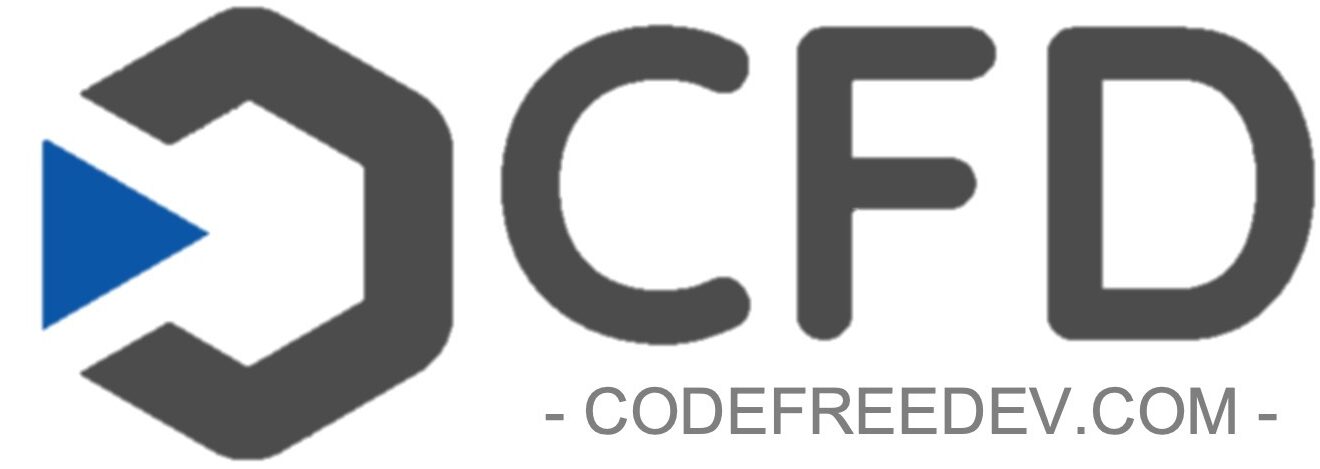Introduction
No-code development tools have democratized software development, allowing individuals with little to no programming knowledge to create web applications and mobile apps with ease. However, it is important to ensure that these projects are accessible to all users, including those with disabilities. Creating an accessible no-code project involves taking into account the needs of users with a range of disabilities, including visual, auditory, and motor impairments. This article will provide a guide on how to create no-code projects that are accessible to all users.
Understanding Accessibility
Before diving into the specifics of creating accessible no-code projects, it is important to understand what accessibility means. Accessibility refers to designing products and services that can be used by individuals with disabilities. This includes ensuring that content is perceivable, operable, and understandable by users with a range of disabilities. Accessibility is essential for ensuring that individuals with disabilities can access and use digital content, such as web applications and mobile apps.
Accessibility Features in No-Code Tools
Many no-code tools come with accessibility features built-in. For example, many website builders come with the ability to add alternative text to images, which can help users with visual impairments understand the content of the image. Other features may include the ability to add closed captions to videos, which can help users with hearing impairments understand the audio content. It is important to take advantage of these accessibility features when building no-code projects.
Ensuring Accessible Content
In addition to using the accessibility features provided by no-code tools, it is important to ensure that all content is accessible. This includes ensuring that text is easy to read and that there is sufficient contrast between text and background. It is also important to ensure that links and buttons are easy to identify and that users can navigate the site using a keyboard. These are all essential components of creating an accessible no-code project.
Testing for Accessibility
Testing is an essential component of ensuring that no-code projects are accessible. There are many tools available for testing accessibility, including screen readers and keyboard-only navigation tools. It is important to test for accessibility at every stage of the development process, from the initial design phase to the final product. This will help identify any accessibility issues early on and ensure that the final product is accessible to all users.
Conclusion
Creating accessible no-code projects is essential for ensuring that all users can access and use digital content. This involves using the accessibility features provided by no-code tools, ensuring that all content is accessible, and testing for accessibility at every stage of the development process. By following these best practices, it is possible to create no-code projects that are accessible to all users.

